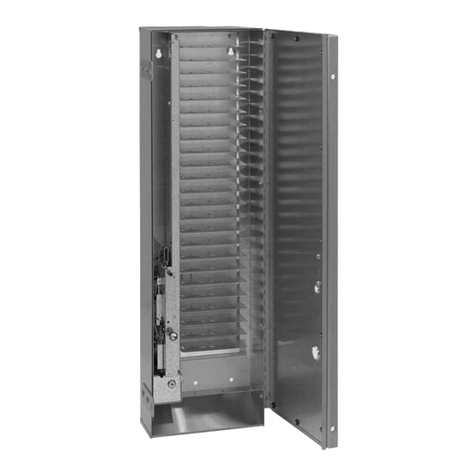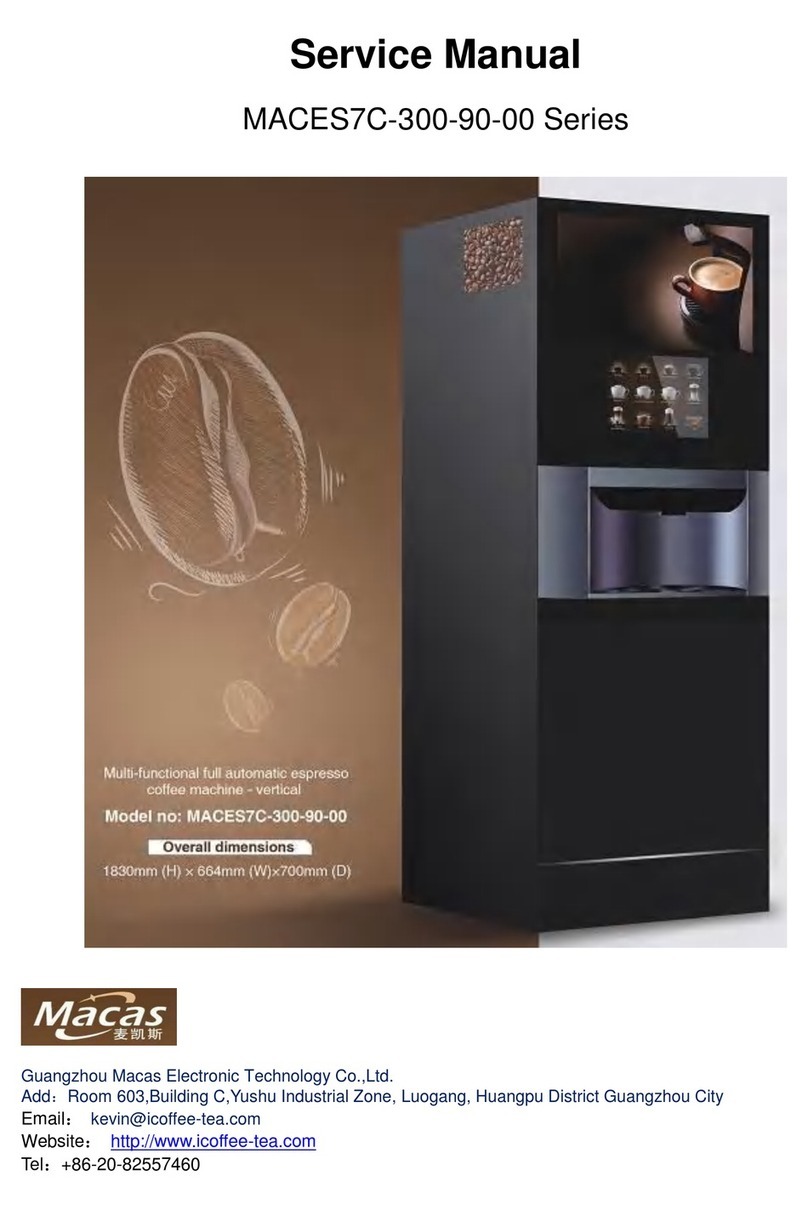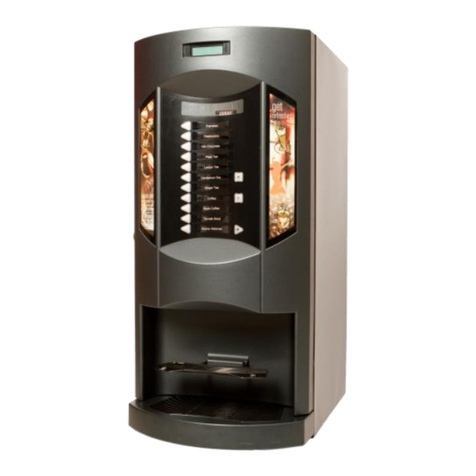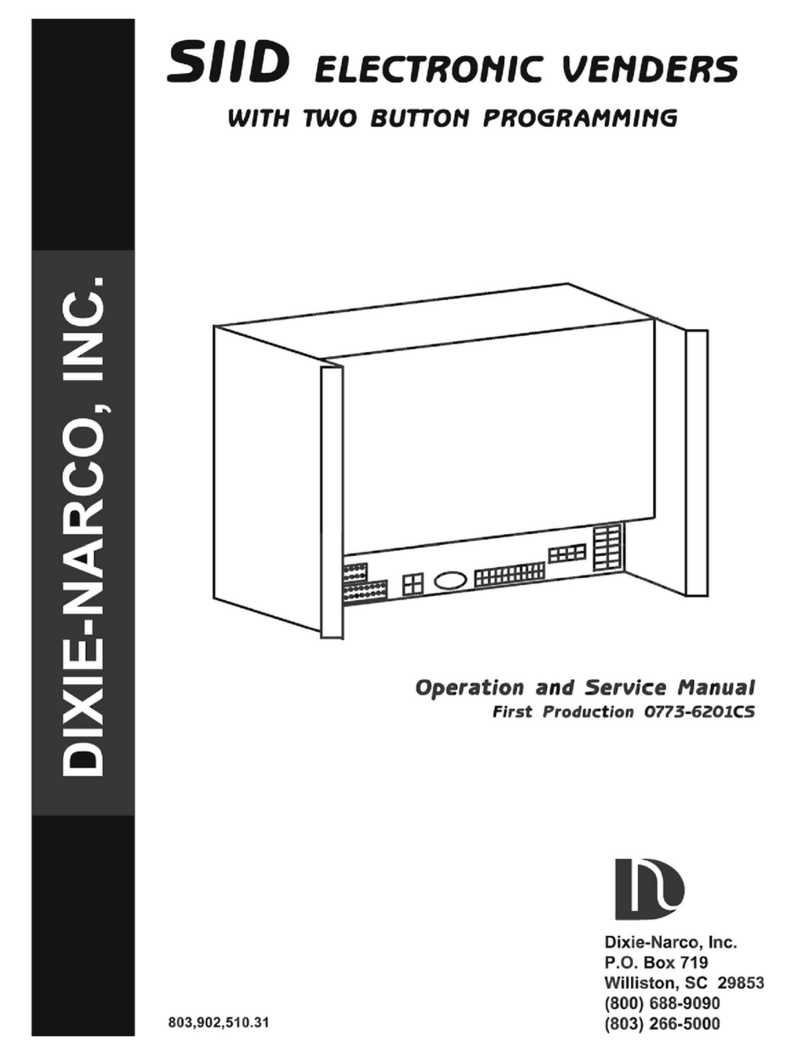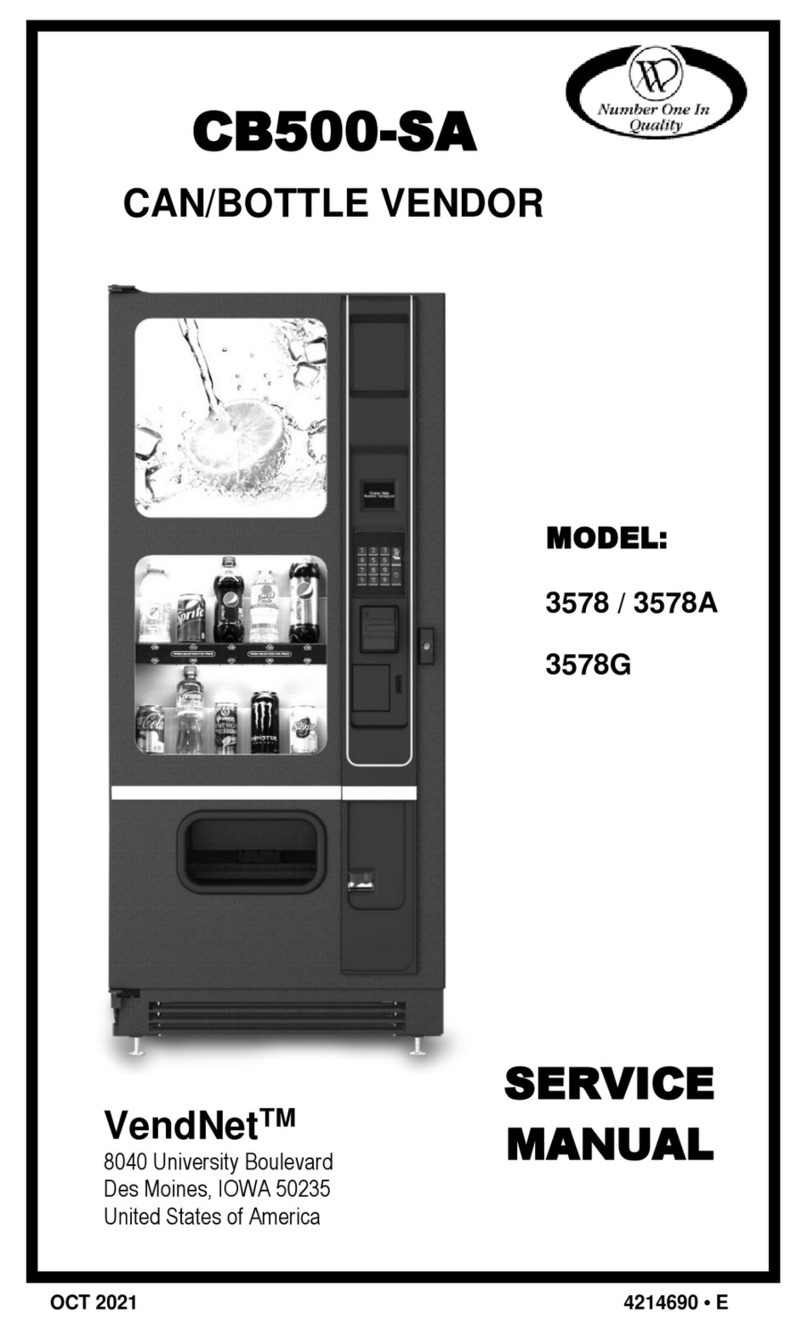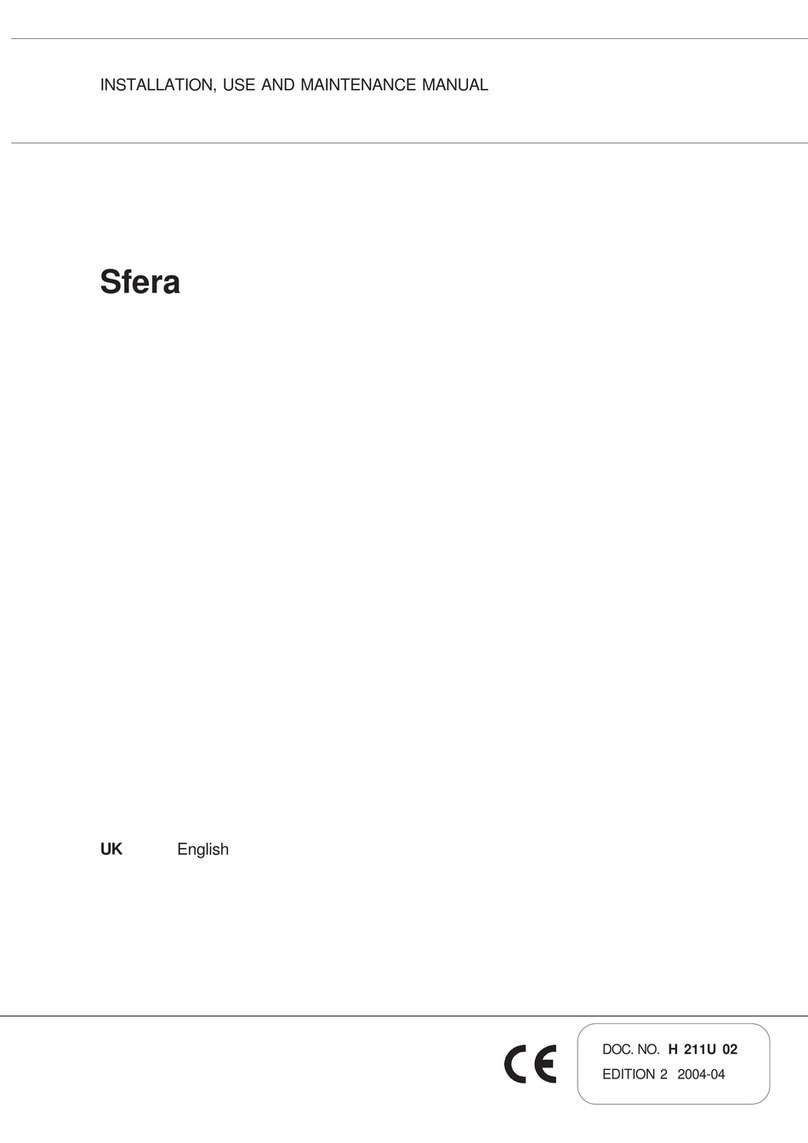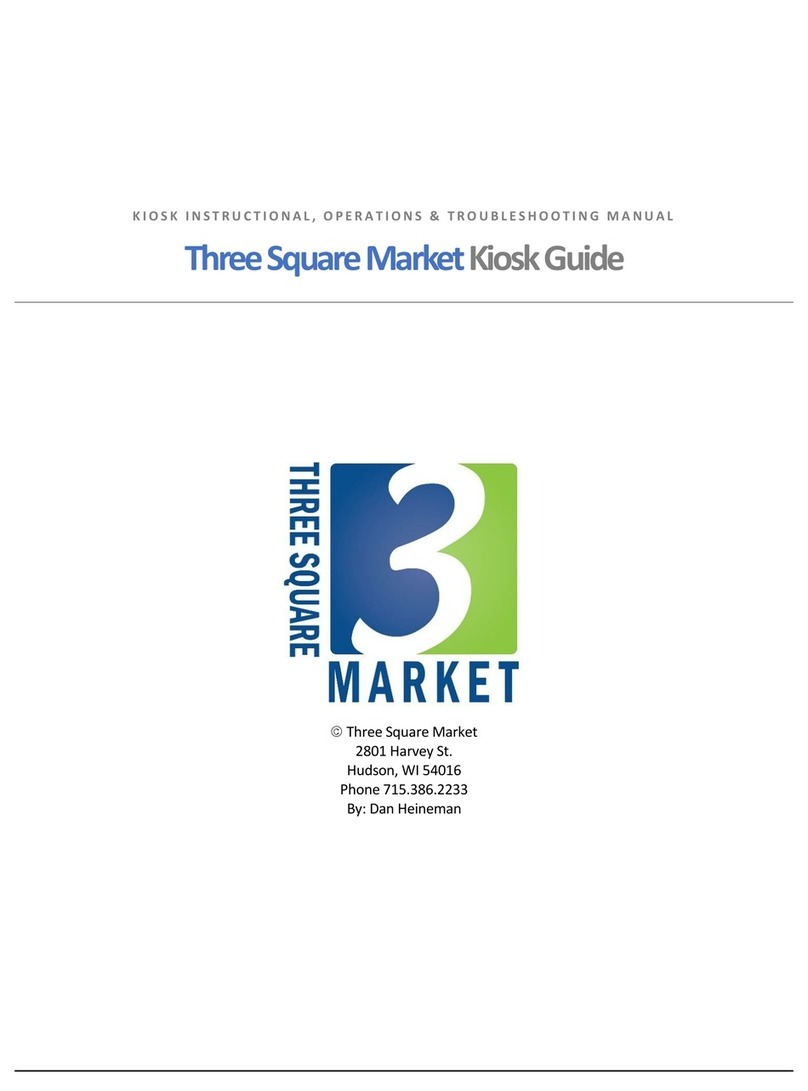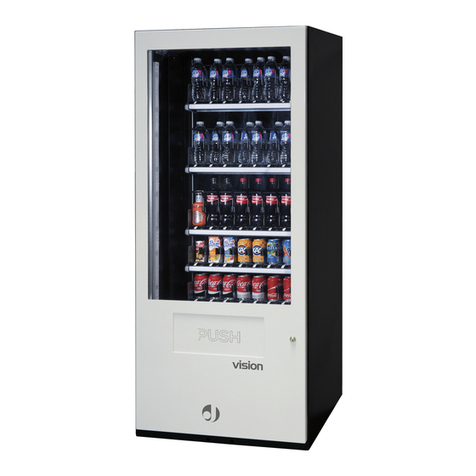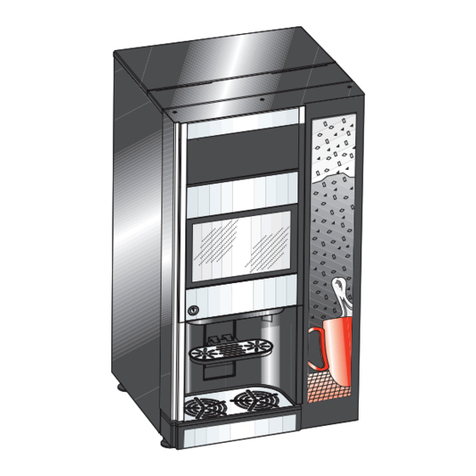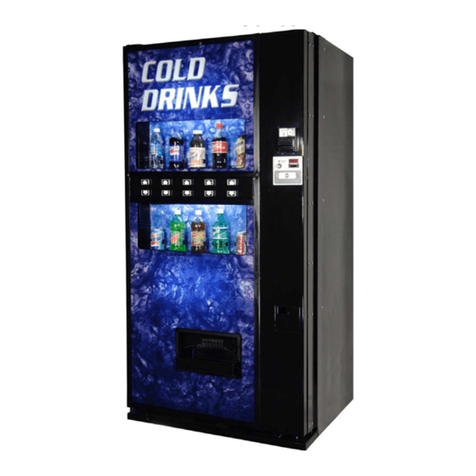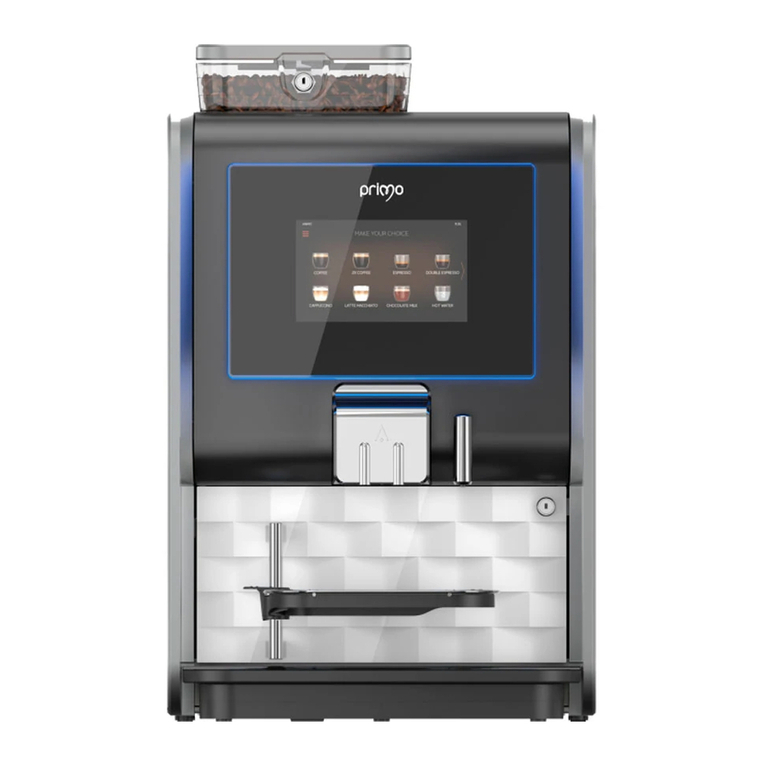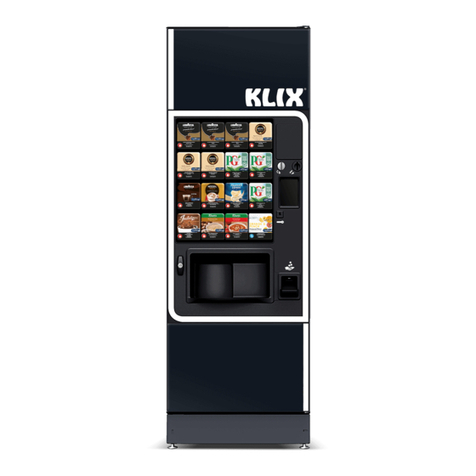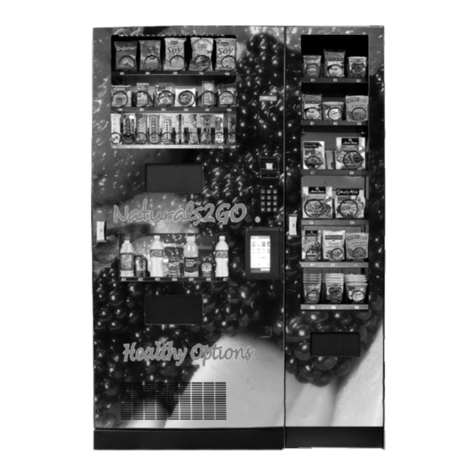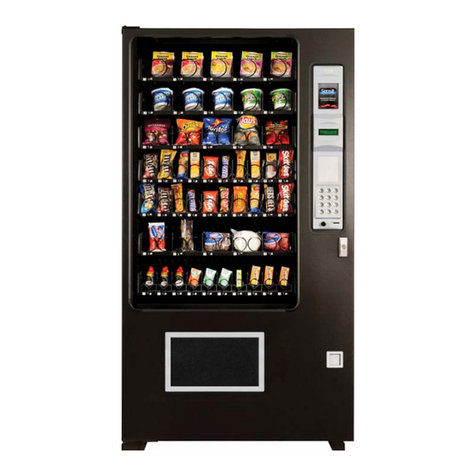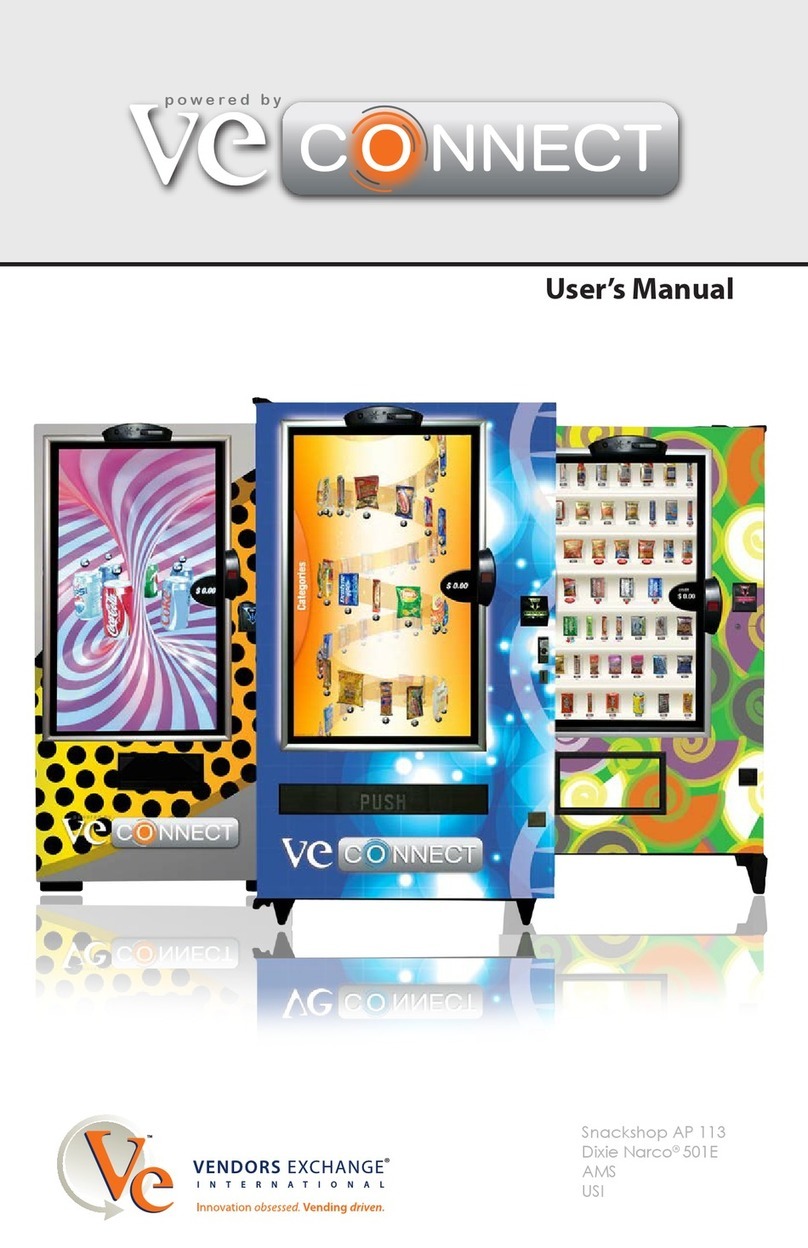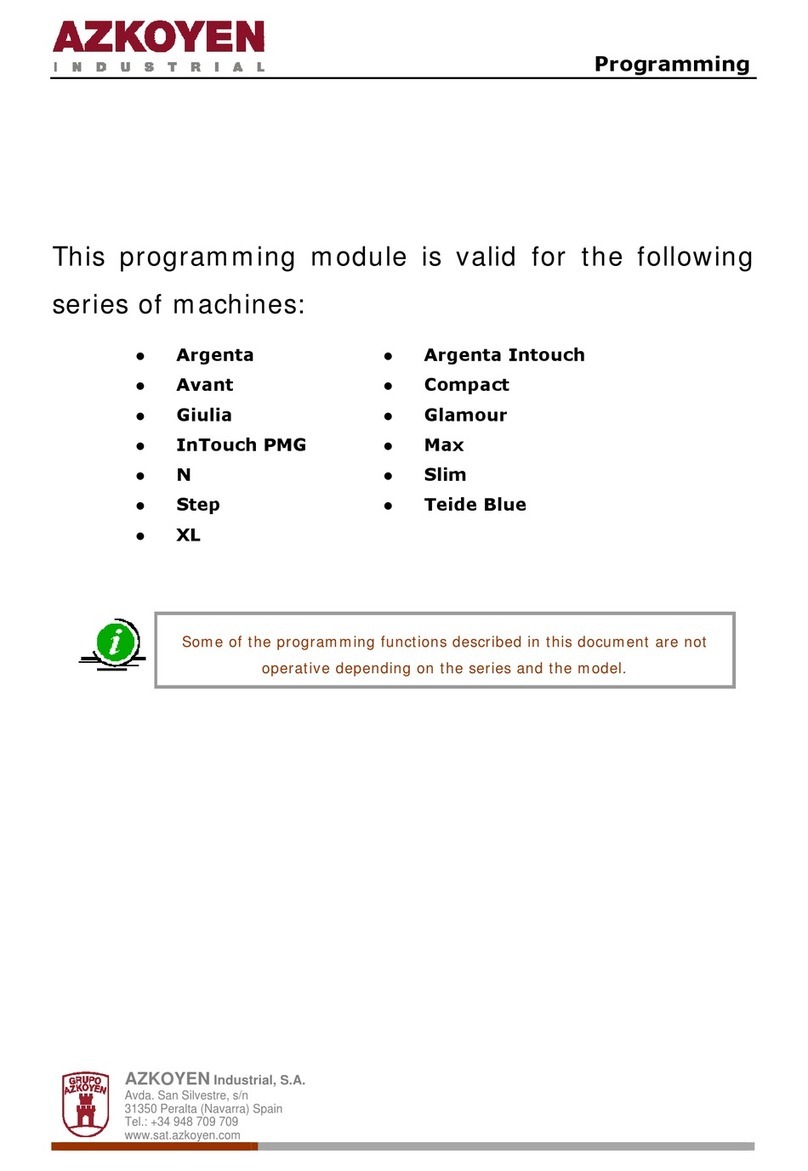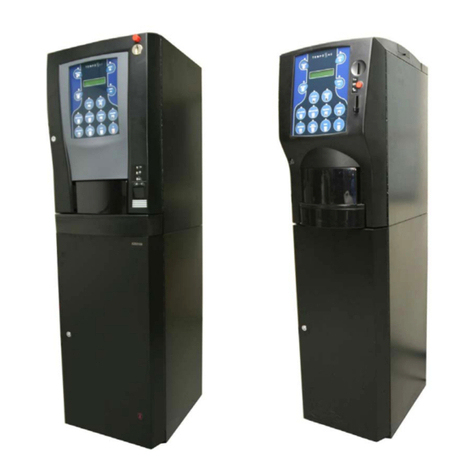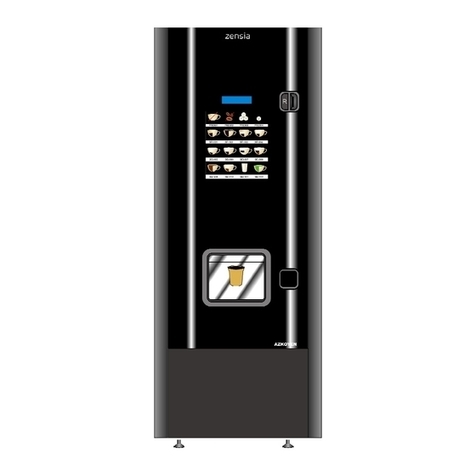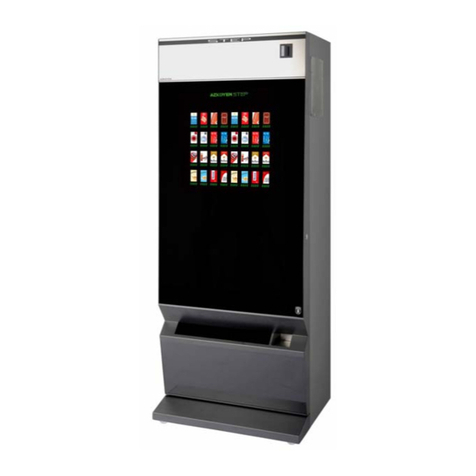
User Manual/Manuel de l’Usager
- 4 -
RECOMMANDATIONS ......................................................................................................................... 23
Chapitre 1. CARACTÉRISTIQUES GÉNÉRALES............................................................................ 24
1.1 -
Produits en vente.......................................................................................................................... 24
1.2 -
Contrôle de l’opération................................................................................................................ 24
1.3 -
Clavier de sélection...................................................................................................................... 24
1.4 -
Réfrigération................................................................................................................................ 24
CHAPITRE 2. INSTALLATION ET MISE EN MARCHE ............................................................... 25
2.1 -
Spécifications électriques ............................................................................................................ 25
2.2 -
Élection de l’emplacement .......................................................................................................... 25
2.3. -
Mise en marche............................................................................................................................ 25
2.4 -
Charge initiale de produit ............................................................................................................ 25
2.5 -
Charge des restituteurs................................................................................................................. 25
2.6. -
Programmation initiale ................................................................................................................ 25
2.7 -
Machine en service ...................................................................................................................... 25
CHAPITRE 3. Description d’un service................................................................................................ 26
3.1
Service ......................................................................................................................................... 26
3.2
Machines avec détection de sortie de produit (idetect) ............................................................... 26
CHAPITRE 4. Description de la machina.............................................................................................. 26
4.1 -
Réfrigérateur................................................................................................................................ 27
4.2 -
Étagerès contenant de produit...................................................................................................... 27
4.2.1. - Charge de produits..................................................................................................................... 27
4.3 -
Mécanisme de pièces de monnaie................................................................................................ 28
4.4 -
Charge des restituteurs................................................................................................................. 28
CHAPITRE 5. Programmation.............................................................................................................. 29
5.1 -
Qu’est-ce que la programmation?................................................................................................ 29
5.2 -
Comment programme-t-on?......................................................................................................... 29
5.2.1 Bouton de VALIDATION....................................................................................................... 29
5.3
Menu «Basique».......................................................................................................................... 30
5.4. Configuration du «Menu Basique».................................................................................................. 30
5.5
Accès rapide à une fonction......................................................................................................... 30
5.6
Listes de fonctions configurables ................................................................................................ 30
CHAPITRE 6. Contrôle Des Défaillances Et Entretien....................................................................... 39
6.1 -
Pannes totales. Machine hors service ......................................................................................... 39
6.2 -
Défaillances partielles.................................................................................................................. 39
6.3
Incidences au cours d’un service................................................................................................. 39
6.4 -
Remplacement des Broches......................................................................................................... 39
6.4.1. - Changement de broches.............................................................................................................. 40
6.4.2 - Montage de la broche double....................................................................................................... 40
6.5 -
Réglage de la hauteur des............................................................................................................ 40
6.6 -
Changement d’espace entre les.................................................................................................... 41
6.7 -
Changement de prix..................................................................................................................... 41
6.8 -
Nettoyage extérieur...................................................................................................................... 41
6.9 -
Nettoyage du monnayeur............................................................................................................. 41
Annex 1/ Anexe1........................................................................................................................................ 42
